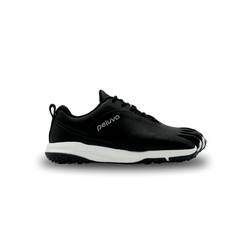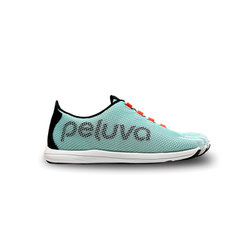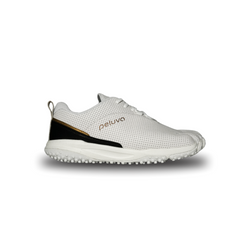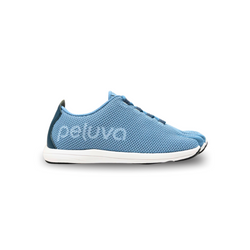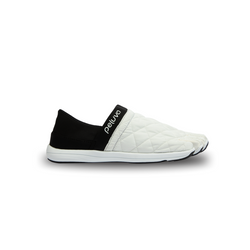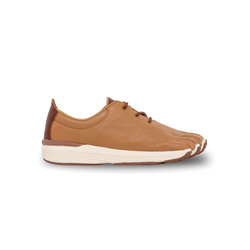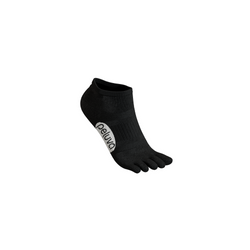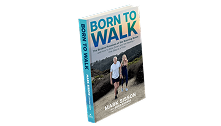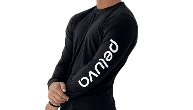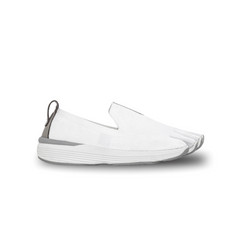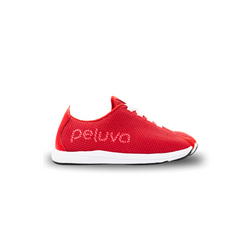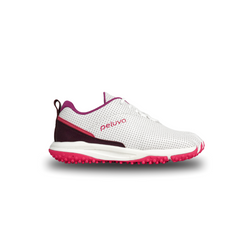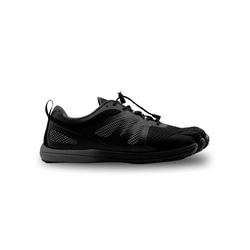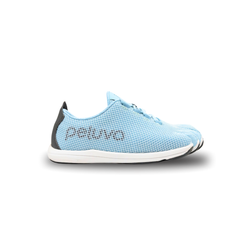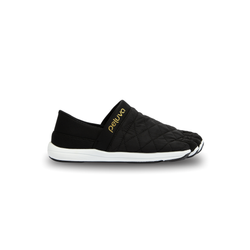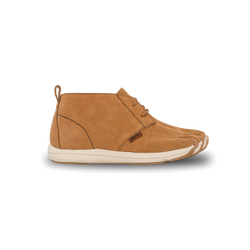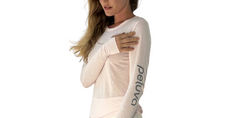As you learned in the article titled, Why Shoes Hurt More Than You Realize, there has never been a single study showing that shoes prevent injury, lessen impact trauma, nor control pronation. Every advertising message you have seen mentioning a shoe providing “support”, “stability”, “motion control,” and so forth is a brazen fabrication. The main reason shoes don’t work as advertised is because they ruin your proprioception—the awareness of your body moving through space. Proprioception, balance, mobility, and forward propulsion are all highly reliant on the intense and precise biofeedback that the feet receive when interacting with the ground. Your feet are among the most neuro-sensitive areas of your body, which is why Eastern medicine acupressure treatments focus on the feet. The intricate network of nerve endings, muscles, tendons, ligaments, fascia, and 52 bones (around a quarter of the body’s total) help you stand, walk, run, and jump gracefully and safely.
It’s absolutely essential for your feet to interact directly with the ground and deliver valuable neurofeedback to allow your brain to initiate complex kinetic chain activity throughout the body. This is what we at Peluva call, “groundfeel.” You need a shoe with an incredible flexible sole, an appropriate but not excessive amount of cushioning, and articulated toes to generate acceptable groundfeel. Whether it’s walking, running, squatting, jumping, bending, extending, dancing, throwing a ball, kicking a ball, or anything else, all these complex kinetic chain activities start with the foot. Watch a baby standing for the first time or taking her first steps, try balancing on one foot with your eyes closed for a few moments, or throw a ball while you pay attention to the graceful activation of your toes and arches–this is the essence of proprioception and groundfeel.
When you wear an elevated shoe with a rigid sole and toes encased into a single narrow box, you not only cut off proprioception, you inhibit the foot’s ability to gracefully absorb impact, balance moving bodyweight, and generate forward, upward or lateral propulsion for your desired movement. This causes you to absorb vastly more impact forces and inappropriate skeletal loads while doing anything from walking to complex, high-impact athletic activity. Your running shoes may feel comfortable, but that’s because you don’t have the proprioception to notice your inappropriate, inefficient and jarring impact as you jog down the street. Dr. Daniel Lieberman, a human evolutionary biology professor at Harvard University, author of Exercised, and a leading researcher in barefoot running, published a landmark study in 2012 revealing that wearing elevated, cushioned running shoes generates seven times more impact trauma compared to running barefoot!
Granted, we require shoes to navigate all manner of modern-life circumstances, such as hard manmade surfaces, hot or cold temperatures, ground debris that can injure the foot, social customs (no shoes, no service), for safety in physical labor, and for complex athletic endeavors (basketball, soccer, bicycling, etc.) Hence, the goal is to strengthen your feet by spending more time barefoot or in Peluva shoes—which best simulate a barefoot experience while providing the necessary protection. Then, when you need to use specialized shoes, your stronger, more powerful, more functional feet will be less negatively impacted. Because your feet have been highly compromised by decades wearing elevated, restrictive shoes, transitioning to a more barefoot-inspired lifestyle requires a careful, customized approach to help your feet get gradually stronger without getting injured along the way. Other blog posts address this subject, and you can also check out our comprehensive guidebook, The Definitive Guide To A Barefoot And Minimalist Shoe Lifestyle, available for free at Peluva.com.